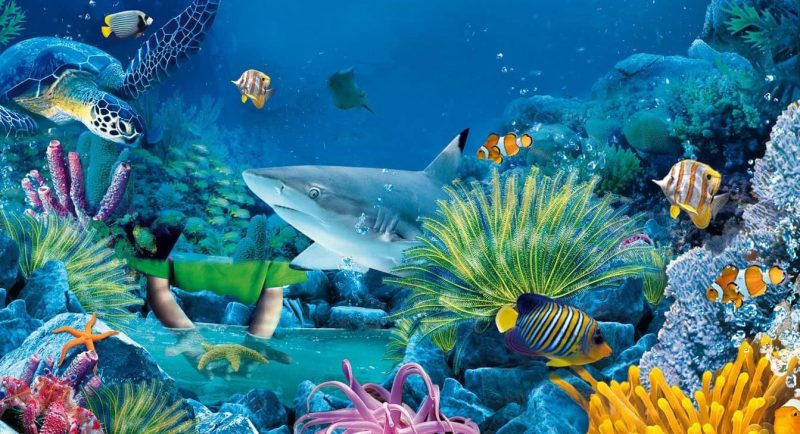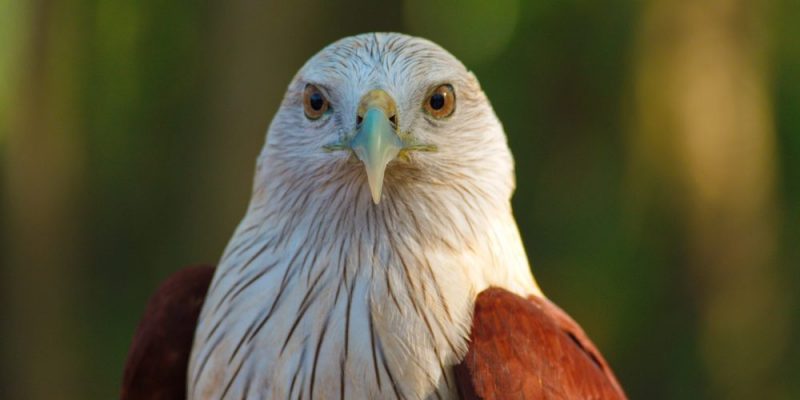We explain what habitat is, what ecological niche is, and what their differences are. Also, some specific examples of both.

What is habitat and ecological niche?
These terms are often used when talking about animal species, as if they were synonyms. But they are not and later we will see why.
Habitat refers to the physical place where a given organism lives be it animal, fungus, plant or microorganism. It is the environment whose physical conditions are conducive for it to grow, develop and reproduce. However, this environment is usually populated by one or several species, and can be as large as a forest, or as small as the stones of the maritime coast or even the intestinal tract of another living being.
The ecological niche is a concept that refers to the way in which a species is positioned specific or a set of organisms within a specific habitat and always in relation to both the environmental conditions and the other species that cohabit in said space. In other words: the ecological niche of a species is its specific relationship with the other elements of its ecosystem.
Thus, two different types of ecological niche are usually identified:
- Fundamental or potential It is thought from the minimum conditions that a given species (and only it) requires to survive.
- Cash or real It is thought from those same needs, but within the framework of competition and interrelation with other species.
In conclusion, many ecological niches can be identified in the same habitat, as many as there are species.
For example: In a tropical forest (habitat) we can find many species of birds and frogs, but each one has its specific ecological niche: the former will be the predators and prey of the treetops, while the latter will be the predators and prey of the treetops. wet foliage.
See also: Adaptation of living beings
Differences between habitat and ecological niche
These concepts are fundamentally distinguished in the approach to the life of the species that each one offers. As we have said, the notion of habitat barely refers to the physical environment in which an animal develops biologically, and in which it is possible to identify many other species, since life never occurs in isolation.
On the other hand, when we talk about ecological niche, we start from understanding the species in question within the ecological dynamics in which it lives and develops, that is, inserted in an ecosystem within which it plays a specific role. The struggle for survival, as evident from Darwin's concepts, involves numerous types of relationships with the biotic (living) and abiotic (inanimate) environment, and in the ecological niche they are all taken into account.
Examples of habitat and ecological niche

Below are some specific examples of habitat and ecological niche:
- Common cockroach (American periplanet) Their habitat is varied, as they are extremely adaptable, but it is possible to find them in urban contexts, such as dark and warm buildings or inside sewers. Their ecological niche has to do with their role as urban scavengers, especially nocturnal, with rapid and massive reproduction that makes them a pest for urban communities, where their natural predators, such as scorpions, spiders, birds and amphibians, are not abundant.
- Common Sparrowhawk (Accipiter nisus) Its habitat is forested areas with scattered trees, common in the temperate regions of Europe and Asia. Its ecological niche positions it as an important predator of small species of birds, although it can also eat chicks straight from the nest or even carrion, and sometimes small mammals such as bats. It is a very adaptable carnivorous bird, which in turn provides sustenance for Owls, Eagles, Falcons and Foxes.
- Common paramecium (Paramecium aurelia) The habitat of this single-celled organism is stagnant water or the banks of rivers and ponds. Its ecological niche has to do with acidic waters rich in bacteria, on which this microorganism feeds. They play an important role in the decomposition of organic matter in aquatic ecosystems and providing support for larger protists and extremely small animals.





